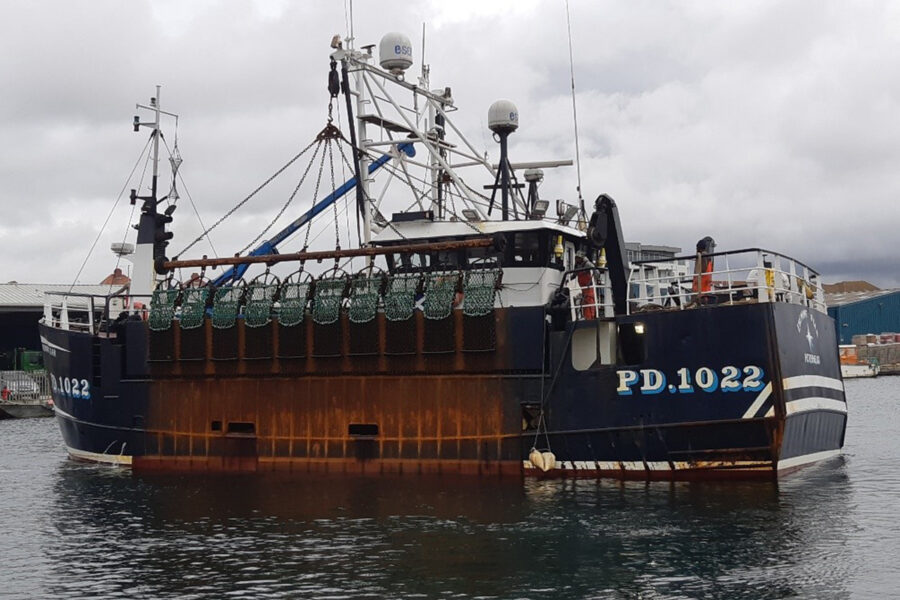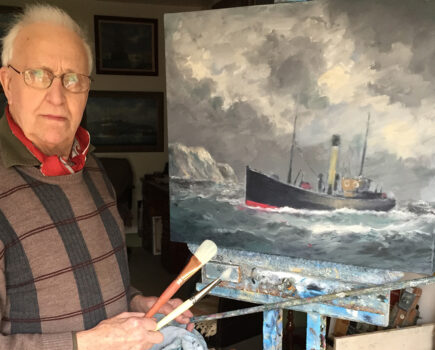One of the six ‘frontrunner’ Fisheries Management Plans, the proposals for king scallops are based on many years of industry-led data collection
For many fishermen and their representatives, it is going to be a hectic summer and early autumn. This is not to say that involving industry in detailed questions about the future management of their fisheries is a bad thing – far from it – but on top of the consultations listed on the right, there are also a staggering 37 other Fisheries Management Plans (FMPs) to be developed in the next year or two!
To help consultation respondents, Defra, in partnership with the Welsh government in the case of scallops and bass, has provided a simple questionnaire to make life easier, although many respondents would point out that this oversimplifies what can be very difficult questions.
This week, we take a look at the scallop FMP proposals. In many ways this is an easy one – it follows on from years of industry discussions with fisheries managers and scientists, and has developed a data collection programme that is missing in many other fisheries.
For more contentious FMPs, where different groups of fishermen have diametrically opposed views, such as the Channel fishery involving the fly-seine fleet, generating such a constructive ‘industry view’ will be nigh on impossible.
Over the summer we’ll move on to examine each of the other FMPs in greater detail, trying to bring in comment from fishermen’s reps and leaders in each fishery, as well as providing a summary of the proposals – many of which are relatively vague, and will need the fishing industry to develop the detail.
Full details of the scallop FMP consultation, and all supporting documents, can be found on the consult.defra.gov.uk portal.
‘A highly collaborative FMP’
Juliette Hatchman is CEO of the South Western FPO, which has been at the heart of industry moves to develop a science-based long-term future for the scallop sector. Here, on behalf of the SICG working group, she looks at the latest evidence on the state of the stocks
King scallop is the most valuable commercial fishing species around the English and Welsh coastlines. These fisheries are not governed by EU or national TACs, and the stocks were not subject to routine monitoring or formal assessment prior to 2017 in England.
The lack of assessment for our key scallop stocks led to the creation in 2016 of a highly collaborative project between the scallop industry (catchers and processors), Defra and Cefas, supported by Seafish. The project board oversees the collection of data used for the Cefas assessments.
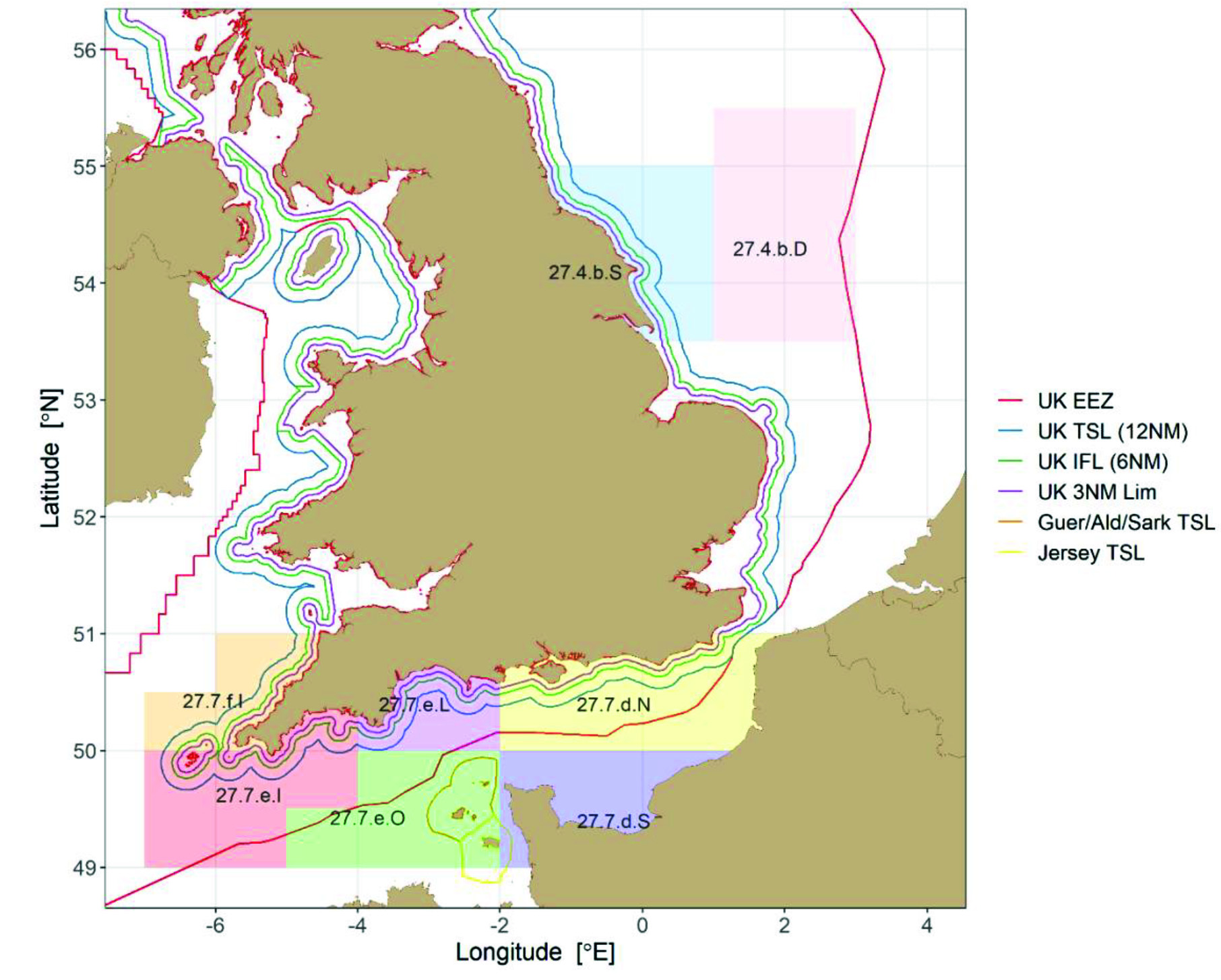
King scallop stock unit assessment areas in the latest report.
A voluntary levy helped to pay for the scientific surveys pre-Covid. The board also undertakes a review of the annual assessment, while ensuring the scientific independence of Cefas. The project has led to greater transparency in the assessment process and mutual confidence in the results produced, with the industry feeling it has a genuine stake in the process.
Following the first formal stock assessments, the Scallop Industry Consultation Group (SICG) – made up of representatives from UK king scallop catching and processing sectors – established a working group in March 2019 to develop short and longer-term proposals to improve management of the fishery. The group was expanded in September 2021 to include representatives from all UK fisheries administrations, becoming a collaborative management group.
This working group was subsequently commissioned by Defra and the Welsh government as the delivery partner for the king scallop FMP – the only FMP to adopt an industry-led co- management approach that has seen industry, government and scientists working together.
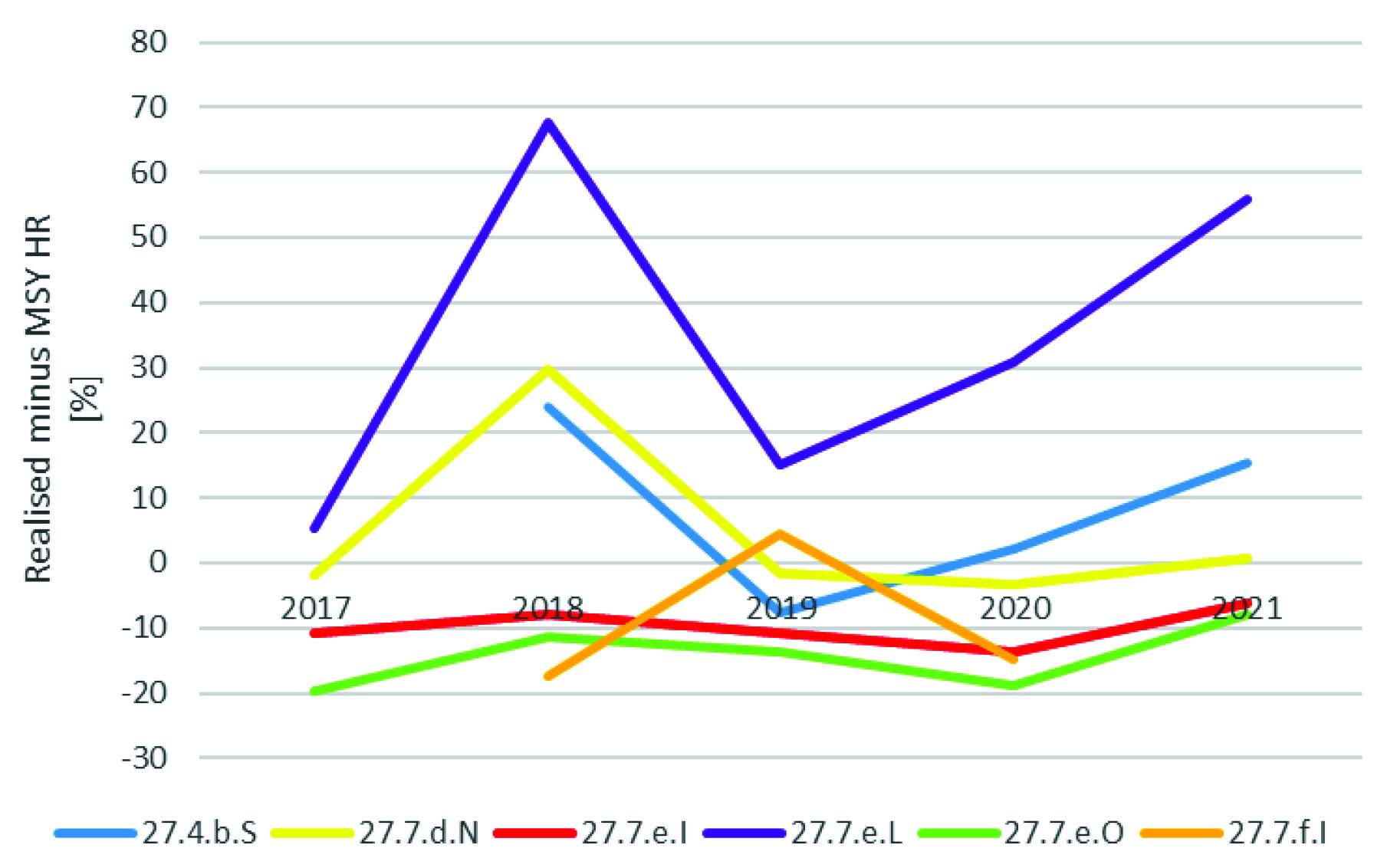
Harvest rates relative to MSY: the Lyme Bay stock (in purple) has been subject to the highest levels of exploitation, hence the introduction of specific closures and management measures there.
This put the scallop industry at the centre of developing proposals and evidence needs relating to future management. The publication of the FMP further demonstrates the commitment to continue towards a co-management approach. It’s anticipated that further iterations of the FMP combined with evolving ways of collaborative working will secure a sustainable future for king scallops and the industries associated with these fisheries.
Having the industry at the heart of the development and implementation of the FMP, as well as being key collaborators in the stock assessment process, means that we are in a unique position to really influence the direction that individual fisheries and species take. This will enable management to be more responsive and adaptive than was previously possible under the CFP. It will also ensure future buy-in from those with a true vested interest in the fisheries in question.
State of the stocks
The latest stock assessment for king scallops in selected English waters provides an important evidence base for Defra’s consultation on the FMP for king scallops in English and Welsh waters.
Initially four scallop stocks in the Channel were assessed, but as data availability has increased, this has expanded to eight assessment units of importance to UK fisheries in English waters. Each unit is defined based on a combination of biological understanding and fishery patterns. In the latest assessment, seven were assessed. The stock on the Dogger Bank (Area 27.4.b.D) was dropped from the assessment process due to the dredge ban in the Dogger Bank MPA, which has in effect shut the fishery.
Three data streams are used for the assessments – biomass on fished grounds obtained from scientific surveys using the commercial fishing vessel Evening Star, biomass on unfished grounds from underwater video system surveys, and information on size and age structure of commercial landings obtained from onshore processors.
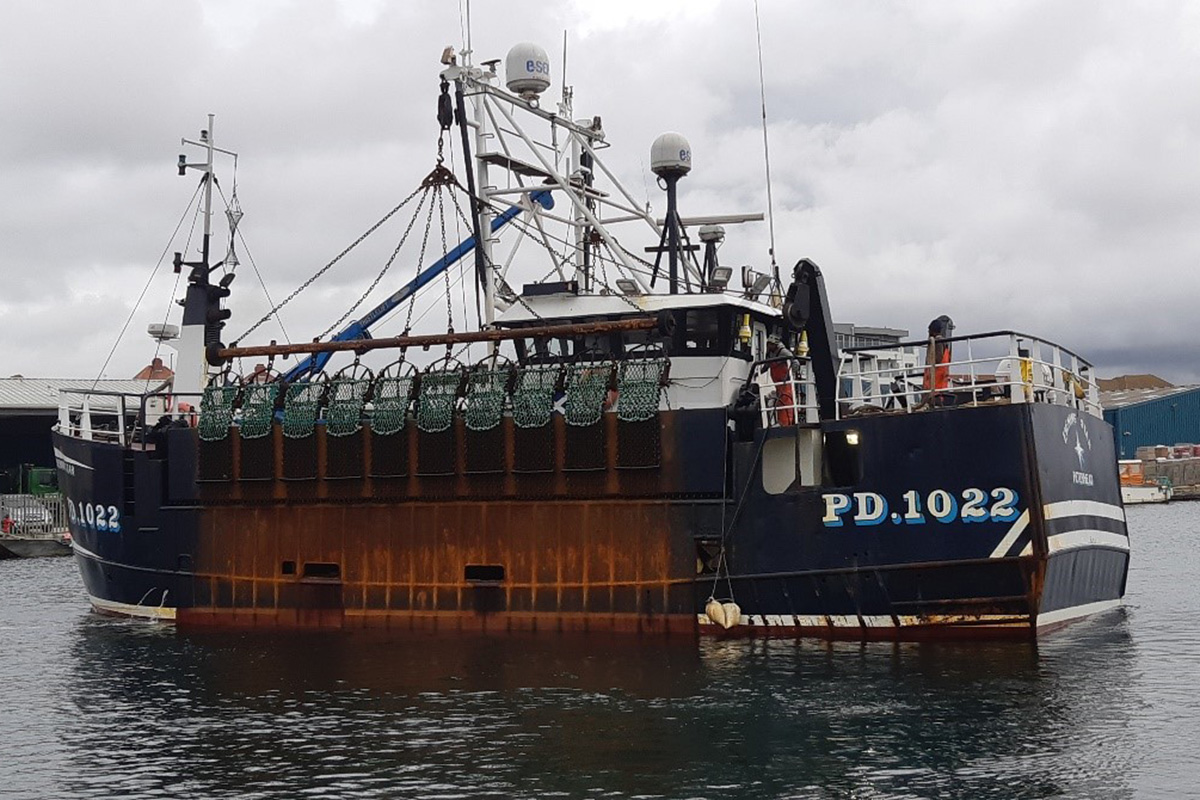
Evening Star, the current scallop survey vessel, paid for through a voluntary scallop levy pre-Covid.
For each stock, the assessment estimates the harvestable biomass (i.e. biomass above minimum landing size and in areas in which dredges can operate), and the exploitation rate on those scallops after the fishery has taken place. The assessment is not able to fully establish the impact of the fishery on the wider stock, as scallop biomass cannot be estimated in all undredged areas, and the relationship between scallop stock in undredged areas and the fished areas is not fully understood.
As agreed with the Project Steering Board at the outset, the survey design is updated every five years – a compromise between consistency and the need to adapt to changing fishing patterns. Surveyed regions of assessment areas were therefore updated in 2021, and survey data from 2017-2021 was reanalysed according to the new survey design. Updated values of estimated abundance and exploitation rates relative to maximum sustainable yield (MSY) are published in the latest assessment report.
The latest assessment shows that some stocks tend to be consistently heavily exploited (e.g. Lyme Bay, outside the closed area) and that some areas are around or below the level expected to deliver MSY, the target for sustainable exploitation (e.g. eastern English Channel and inshore and offshore areas of the western English Channel). Within these general trends, there will be occasional years where the exploitation is unusually high or unusually low as a result of either the biomass or the fishery being atypical.
Scallop biology means that while the adults move very little, their larvae can be spread over a large area as they float in the water for up to about 30 days, and this can complicate the understanding of local stock dynamics. High levels of larval exchange between, for example, an unfished bed and a fished bed would make estimating the maximum sustainable fishing rate on the fished bed very challenging, particularly if this large exchange only occurs once every few years.
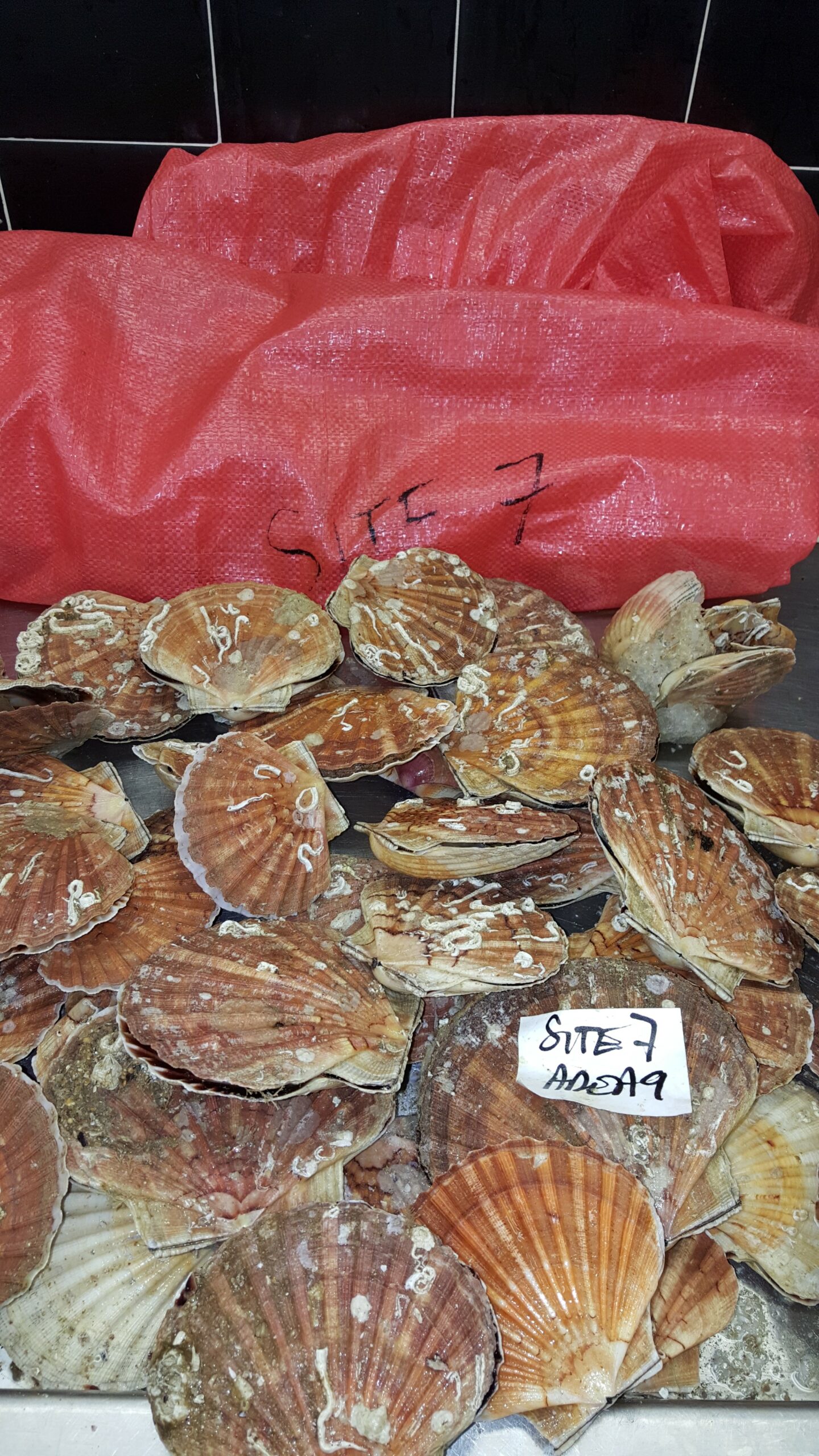
The scallop industry initiated a groundbreaking ‘red bag’ scheme that provided scallop samples from across the assessment areas to Cefas scientists to help them monitor abundance, maturity, growth rates and age structures. (Photo: Cefas)
Notwithstanding all these uncertainties, and rapidly changing fishing patterns over the last few years due to external influences such as the pandemic, there is evidence suggesting that scallop stocks in Lyme Bay and the Yorkshire/Durham assessment areas are being overexploited. It is not all bad news – harvestable biomass appears stable despite high exploitation rates in Lyme Bay, believed to be due to unusually high recruitment, including contributions from other areas through larval drift.
The continuation of the stock assessment is crucial to us as an industry, not only to provide a long-term time-series of data, but to inform us if immediate or precautionary action is required to protect stocks. The stock assessments are already informing, and will continue to inform, management measures such as closures and priority areas where increased protection may be required.
The draft FMP proposes to develop a harvest strategy which will be responsive to the state of the stocks, underpinned by reliable stock assessments, which in turn will be supported by a consistent data collection and research programme.
This story was taken from the latest issue of Fishing News. For more up-to-date and in-depth reports on the UK and Irish commercial fishing sector, subscribe to Fishing News here or buy the latest single issue for just £3.30 here.
Sign up to Fishing News’ FREE e-newsletter here.

